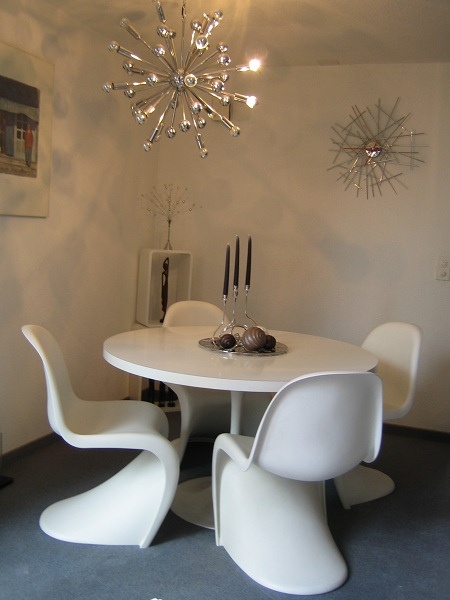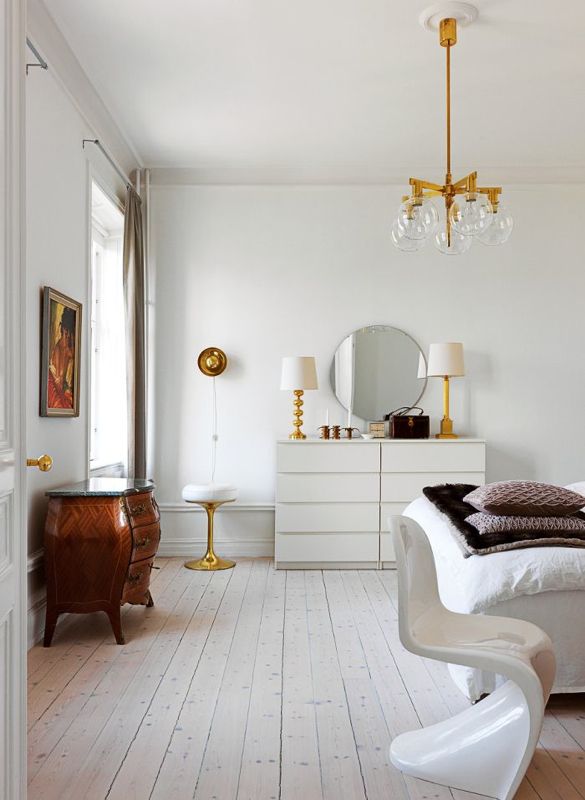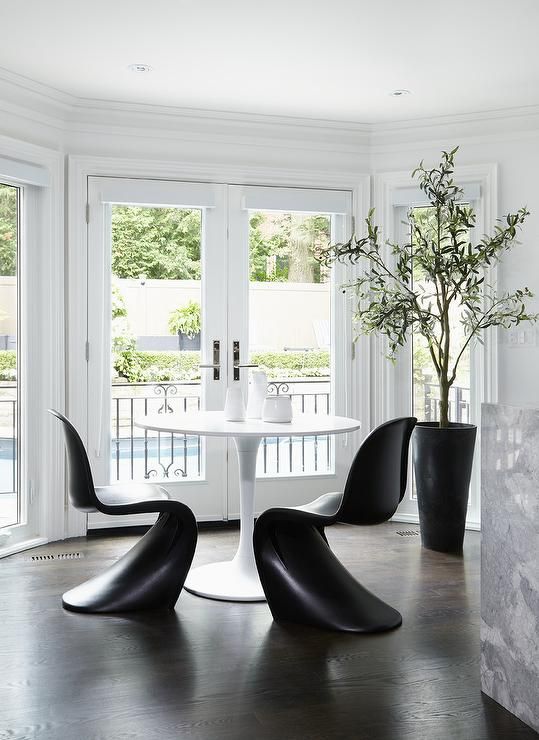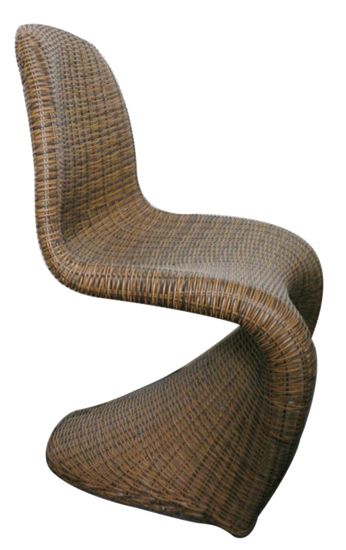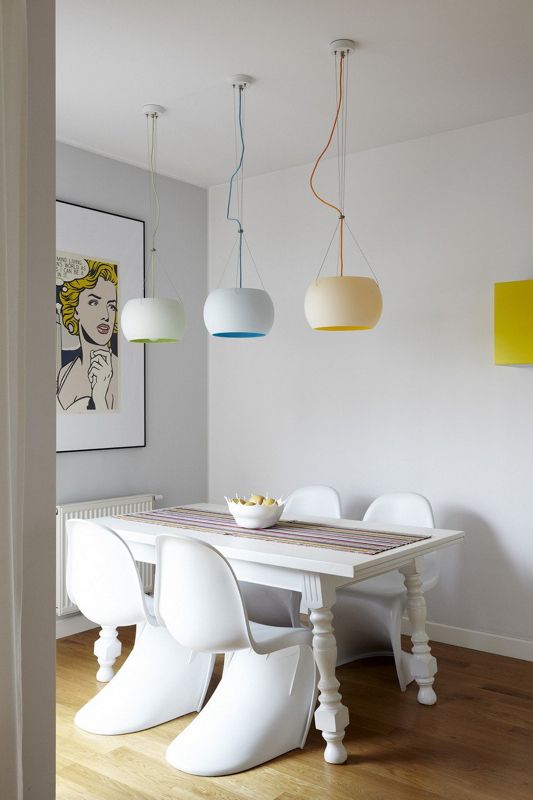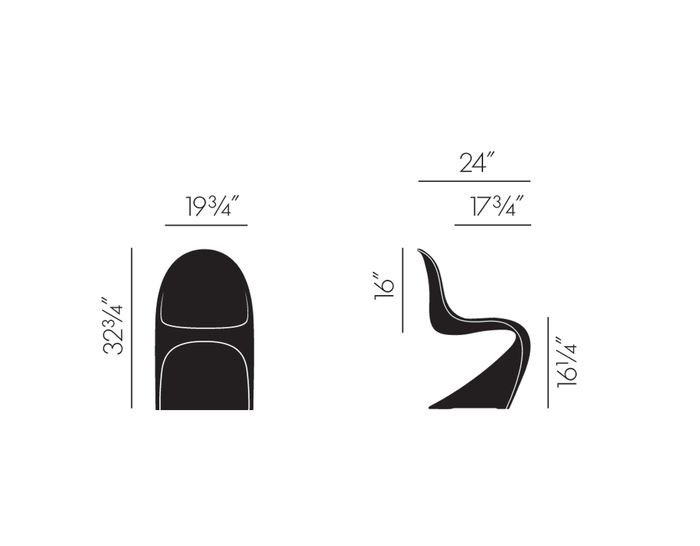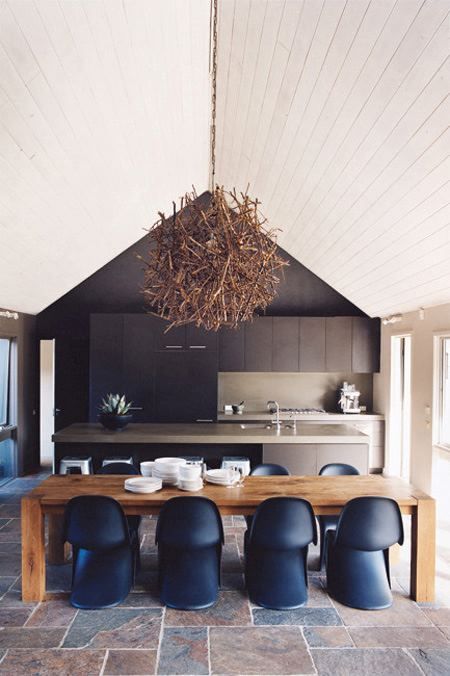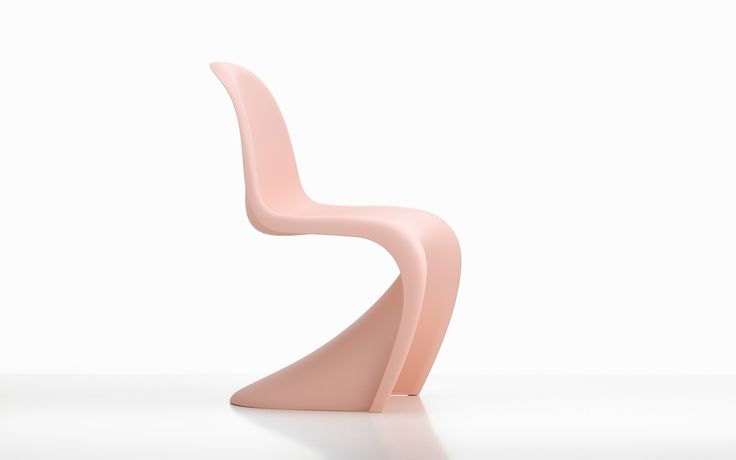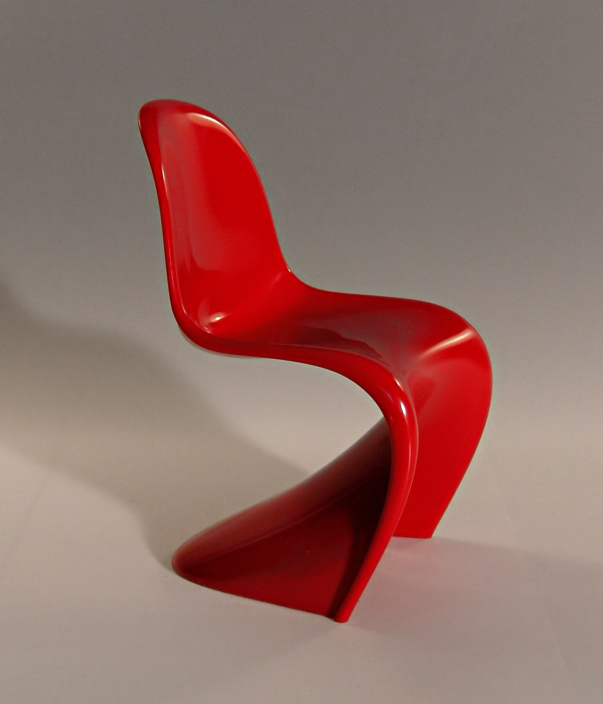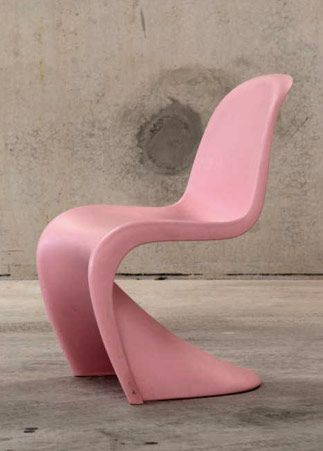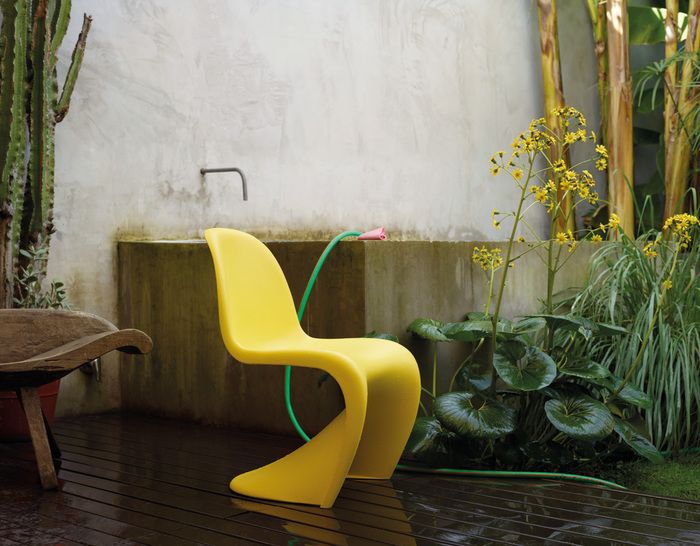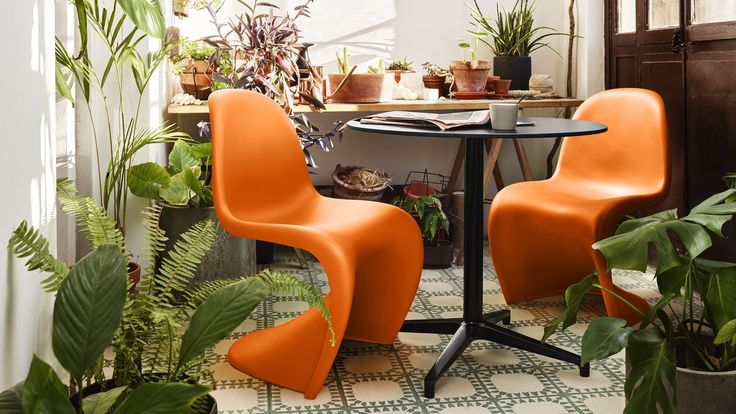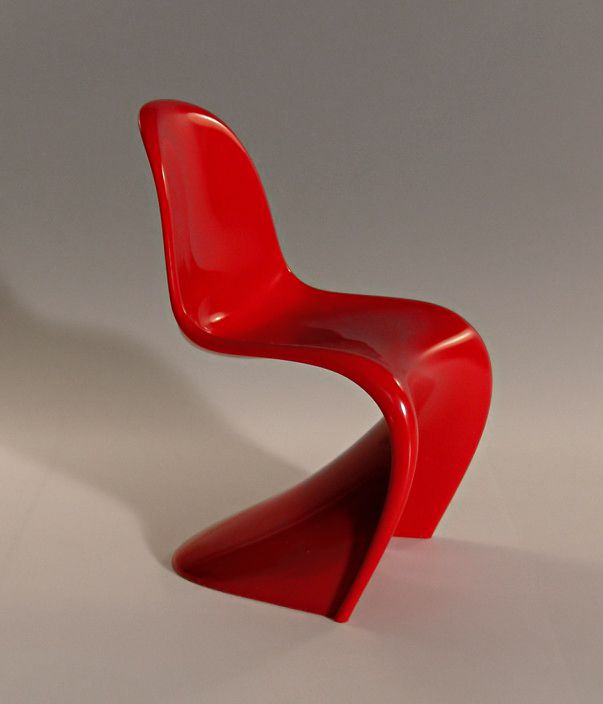The Panton Chair is perhaps one of the most intriguing and exotic furniture designs of the 20th century. Designed by Verner Panton, the legendary Danish modernist and icon of furniture and interior design, the chair is further proof that Denmark should be declared the chair design capital of the world. Despite its considerable age, this timeless piece of furniture still looks extravagant and fascinating and is therefore a great, tasteful addition to any modern interior.
Story
The chair was designed by Verner Panton, a graduate of the Royal Danish Academy of Fine Arts, whose innovative approach and use of new, innovative materials revolutionized the world of interior design. His great passion for bright colors and geometric patterns manifested itself in his outstanding body of work, which includes a variety of furniture design classics. Panton was particularly fascinated by the potential of plastic, a material that was new at the time. In the mid-1950s, Panton began work on a one-piece chair made entirely of plastic. His new desire was illustrated particularly well by Panton himself, who said: “I want to design furniture that grows out of the ground (..) to transform the furniture into something organic.” Who never has four legs. “His first design was called the S-Chair and is considered the forerunner of the Panton Chair, the first plaster-molded prototypes of which were developed in the early 1960s.” In 1963, Panton began collaborating with the furniture company Vitra, with whom he continued to improve the design.
The finished chair first came into the limelight in 1967 and was enthusiastically received by audiences and critics alike. Soon after its presentation, the chair, celebrated as a design sensation, went into mass production. This furniture design classic had instant commercial success and is still available under the same brand.
design
The innovative futuristic design of the chair combined with the innovative use of materials has given the chair a very special place in the history of interior design. Praised by critics from around the world, the unique shape of the Panton Chair is extremely appealing and stylish. No wonder, since it is one of the exhibits in the Museum of Modern Arts in New York, the German Historical Museum in Berlin, the Danish Museum of Art and Design in Copenhagen and the Design Museum in London. Although the chair looks like a masterpiece of modern art, it is fully functional and very comfortable. Its shell is shaped to match the curves of a human body.
The waterfall seat edge reduces pressure on the back of the user’s thighs. The striking S-shaped chair was originally made of rigid polyurethane foam with a glossy surface, as the process for coloring plastics had not yet been developed at the time. This version of the chair is still commercially available under the name Panton Chair Classic. Since the chair’s introduction in 1967, numerous production improvements have been made and new, more durable materials have been used. In 1999, Vitra again presented the Panton Chair, which was manufactured according to its original concept – made of colored plastic with a glossy matt surface. This variant of the chair is sold under the name Panton Chair. Both chairs are available in different bright colors.
The seamless shape of the chair with no joints or bindings makes it very sturdy and stable. The chair is extruded in one piece. Thanks to its well thought-out armrest shape, the chair is stackable and therefore easier to store. The overall look of the chair is extremely appealing and intriguing. Even today, more than five decades after its presentation, when modernity is no longer an extravagant or radical concept, the Panton Chair has neither aged nor become banal. It still looks fresh and contemporary.
